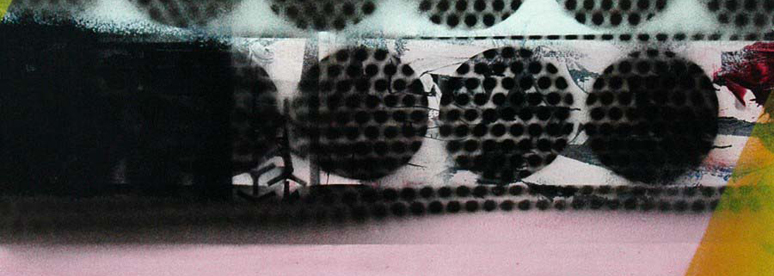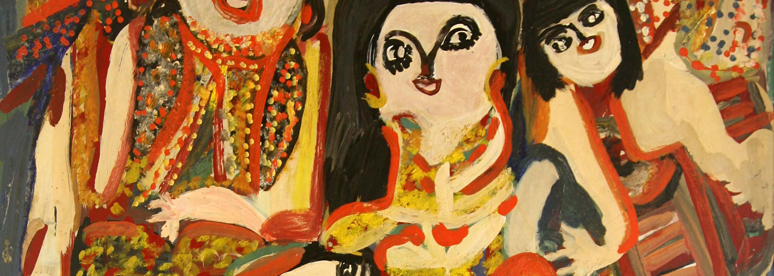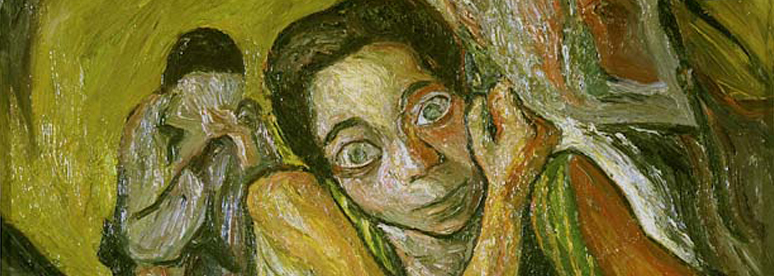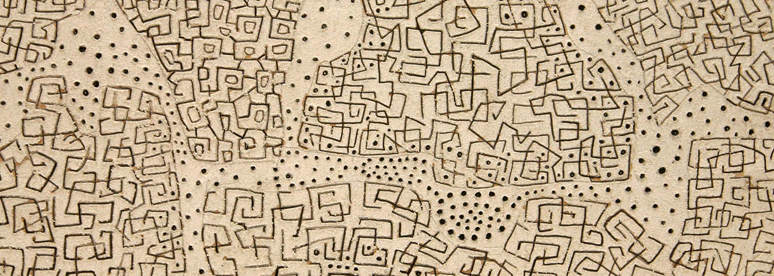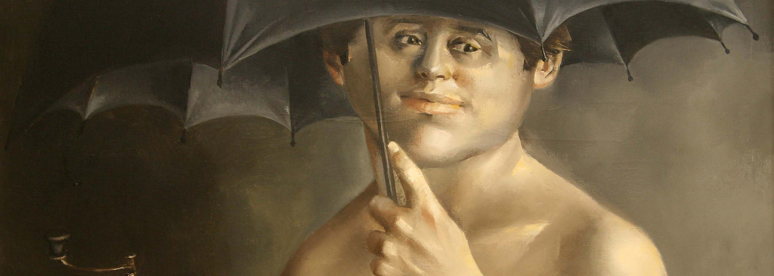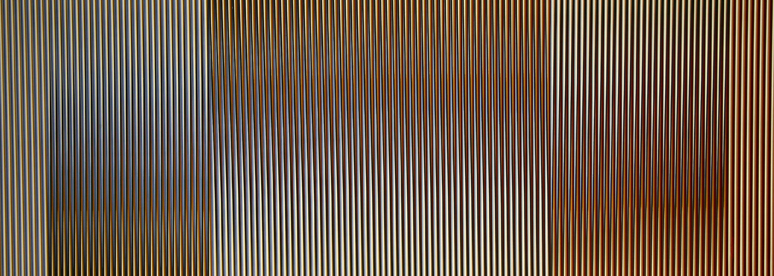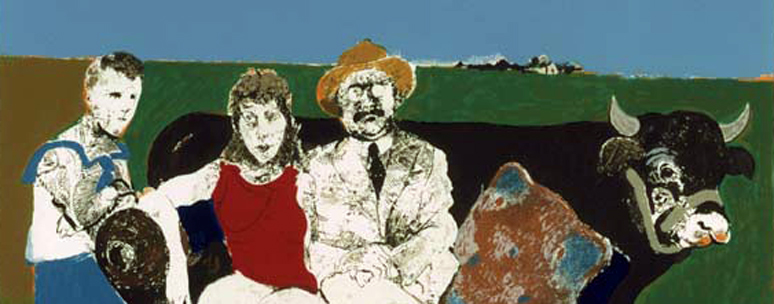ART OF THE AMERICAS ONLINE CATALOG
ART OF THE AMERICAS CATALOG FOR PURCHASE
SEARCH SELECTED COLLECTION IMAGES HERE
ABOUT THE COLLECTION
The history of the permanent collection of the Art Museum of the Americas has roots in the former Visual Arts Unit of the Organization of American States. Under this unit, the first donation of art was received in 1949, a gift of painting by Brazilian artist Candido Portinari. In 1957 the OAS Permanent Council conferred institutional backing to the collection by establishing a modest Purchase Fund to support the acquisition of art for a collection that was to reflect the contemporary art of the member nations of the OAS to form an enduring cultural resource. Purchases made by the Visual Arts Unit were strongly linked to and influenced by the direction of its exhibition program, and a significant number of works were acquired directly from the artists on the occasion of a temporary exhibit at the OAS Gallery. In many cases, an OAS exhibition represented the artist's first individual exhibit outside of his/her country of origin.
When the museum officially opened in 1976, the collection numbered 250 works. Today, the collection has grown to close to 2000 objects in varying media including painting, sculpture, installations, prints, drawings and photographs. It reflects the rich diversity of artistic expression found in the region and provides an overview of stylistic and iconographic trends beginning in the early 20th-century. Exhibitions from the collection are regularly presented in the museum and works from the collection are loaned to other cultural institutions for special exhibitions. The museum’s extensive art archives complements the art collection and is an important research resource for documentation. Both collections serve to preserve a unique visual and written record of the artistic achievements of artists of the Americas and their contributions to world art.
Building a strong permanent collection, which reflects current directions in the art as well as those historical movements most important for present and future generations continues to be the mission. Today's collection provides a rich framework for future growth.

